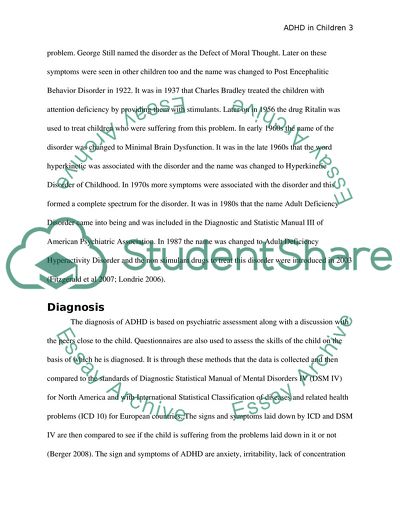Cite this document
(Along Lines of Process and Emotional Struggle with ADHD in the Family Research Paper, n.d.)
Along Lines of Process and Emotional Struggle with ADHD in the Family Research Paper. Retrieved from https://studentshare.org/health-sciences-medicine/1751936-adhd-in-children
Along Lines of Process and Emotional Struggle with ADHD in the Family Research Paper. Retrieved from https://studentshare.org/health-sciences-medicine/1751936-adhd-in-children
(Along Lines of Process and Emotional Struggle With ADHD in the Family Research Paper)
Along Lines of Process and Emotional Struggle With ADHD in the Family Research Paper. https://studentshare.org/health-sciences-medicine/1751936-adhd-in-children.
Along Lines of Process and Emotional Struggle With ADHD in the Family Research Paper. https://studentshare.org/health-sciences-medicine/1751936-adhd-in-children.
“Along Lines of Process and Emotional Struggle With ADHD in the Family Research Paper”, n.d. https://studentshare.org/health-sciences-medicine/1751936-adhd-in-children.


